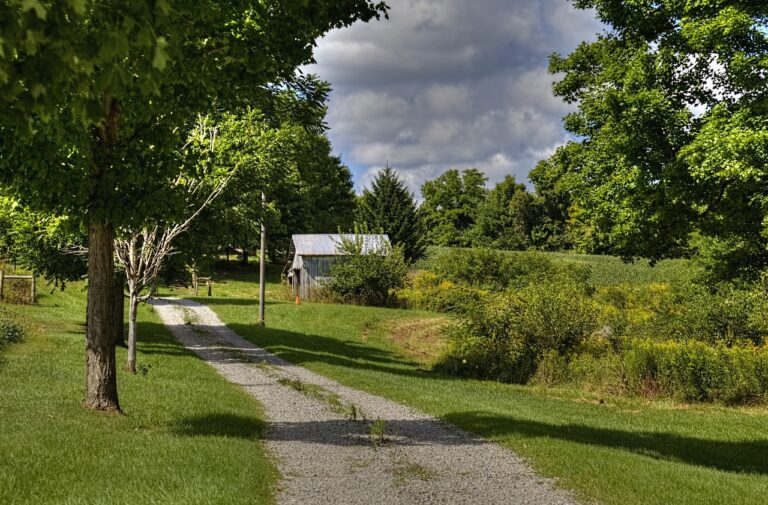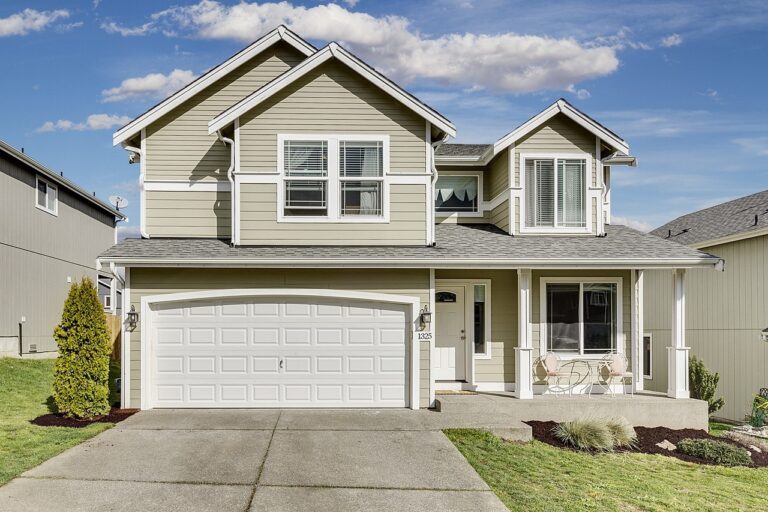Achieving Net-Zero Energy Homes through Improvement Projects
Home improvement projects offer a prime opportunity to enhance the energy efficiency of a residence. By implementing various upgrades and renovations, homeowners can reduce energy consumption, decrease utility costs, and create a more sustainable living environment. Simple changes such as installing energy-efficient appliances, upgrading insulation, sealing air leaks, and switching to LED lighting can make a significant difference in the overall energy efficiency of a home.
In addition to tangible improvements, behavioral changes can also play a crucial role in enhancing energy efficiency. Encouraging mindful energy usage habits among household members, such as turning off lights when not in use, optimizing thermostat settings, and using appliances during off-peak hours, can further contribute to lowering energy consumption. By taking a holistic approach that combines physical upgrades with conscious energy-saving practices, homeowners can effectively boost the energy efficiency of their living spaces and contribute to a more sustainable future.
Installing energy-efficient appliances
Upgrading insulation
Sealing air leaks
Switching to LED lighting
Encouraging mindful energy usage habits
– Turning off lights when not in use
– Optimizing thermostat settings
– Using appliances during off-peak hours
By combining physical upgrades with conscious energy-saving practices, homeowners can create a more sustainable living environment and reduce utility costs. Energy efficiency in home improvement projects not only benefits the individual homeowner but also contributes to a larger goal of environmental sustainability. Making these changes can lead to long-term savings on energy bills while reducing carbon footprint and promoting a greener lifestyle for future generations.
Understanding Net-Zero Energy Homes
Net-zero energy homes are designed to produce as much energy as they consume, resulting in a balance between energy usage and energy generation. These homes integrate various energy-efficient features and renewable energy sources to minimize their environmental impact. By utilizing technologies like solar panels, geothermal heating, and energy-efficient appliances, net-zero energy homes aim to reduce greenhouse gas emissions and promote sustainability.
One of the key principles of a net-zero energy home is the concept of energy conservation through proper insulation, air sealing, and advanced building materials. By prioritizing energy efficiency and passive strategies such as maximizing natural light and ventilation, these homes are able to minimize the need for external energy sources. Additionally, smart home technologies and energy monitoring systems play a crucial role in managing energy consumption and optimizing the performance of renewable energy systems in net-zero energy homes.
Key Components of a Net-Zero Energy Home
Net-zero energy homes are designed to produce as much energy as they consume, resulting in minimal reliance on external energy sources. One of the key components of a net-zero energy home is a high level of insulation. Proper insulation helps to maintain a consistent temperature inside the home, reducing the need for heating and cooling systems to operate continuously.
Another essential component of a net-zero energy home is the use of energy-efficient windows and doors. These features are designed to minimize heat loss during the winter and prevent heat gain in the summer. By incorporating energy-efficient windows and doors, homeowners can reduce the energy needed to regulate indoor temperatures, further contributing to the overall energy efficiency of the property.
What is the main goal of a net-zero energy home?
The main goal of a net-zero energy home is to produce as much energy as it consumes on an annual basis, resulting in a net-zero energy bill.
How can energy efficiency be improved in home improvement projects?
Energy efficiency in home improvement projects can be improved by installing high-performance windows, adding insulation, using energy-efficient appliances, and incorporating renewable energy sources.
What are some key components of a net-zero energy home?
Some key components of a net-zero energy home include solar panels, energy-efficient heating and cooling systems, high levels of insulation, and energy-efficient windows and doors.
How can someone transition their existing home into a net-zero energy home?
Transitioning an existing home into a net-zero energy home can be achieved through a combination of energy efficiency upgrades, such as adding solar panels, improving insulation, and upgrading to energy-efficient appliances.
Are net-zero energy homes more expensive to build than traditional homes?
Initially, net-zero energy homes may have a higher upfront cost due to the investment in energy-efficient technologies. However, over time, the savings on energy bills can offset the initial cost, making it a cost-effective choice in the long run.







